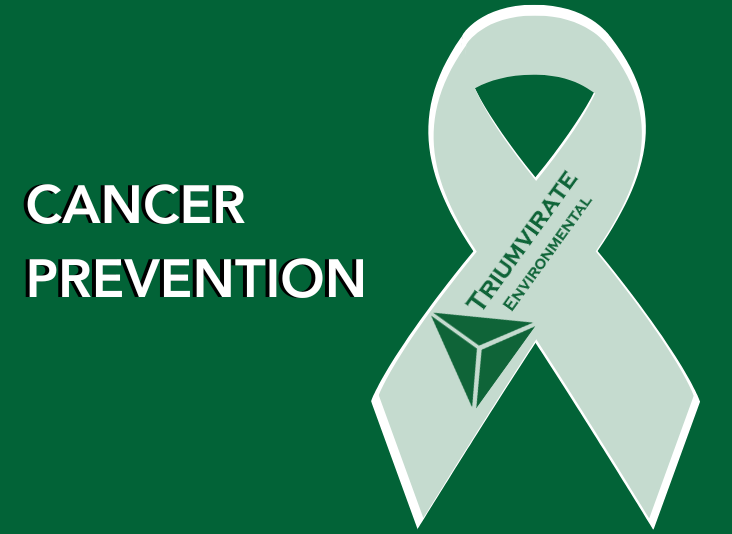OSHA's Multi-Employer Worksite Policy: Overseeing Contractors and Employees
 Do you work at a site with multiple employers? Are you responsible for overseeing contractors on a worksite?
Do you work at a site with multiple employers? Are you responsible for overseeing contractors on a worksite?
If so, you've come to the right place! As you know, OSHA governs the employer to employee relationship. But wait, does that just apply to your own employees? Let discuss that for a minute. Relationships as they relate to multi-employer worksites fall into four categories:
1. Creating
An employer who caused a hazardous condition is committing an OSHA violation. This is citable even if employees of other employers are exposed.
Take home message: If you create a hazard, communicate the hazard to any affected personnel and implement corrections to remedy the hazard as soon as possible. By creating a hazard and not correcting it, negligence is assumed and depending on the severity, could result in a willful OSHA violation.
2. Exposing
An employer whose own employees are exposed to the hazard. Citable even if they knew of hazard, or would have known of the hazard with reasonable diligence and failed to take steps to protect employees.
Take home message: This applies only to an employer's OWN employees. You can likely avoid being categorized as "exposing" by performing regular inspections, utilizing risk assessments, training employees to the workplace hazards, and implementing a corrective action system. Ultimately you need to remedy the hazard or prevent employees from being exposed to the hazard. Every time you can show a layer of control or effort, it helps!
3. Correcting
An employer who is engaged in a common undertaking, on the same worksite, as the exposing employer and and is responsible for correcting a hazard. This usually occurs where an employer is given the responsibility of installing and/or maintaining particular safety/health equipment or devices. Must exercise reasonable care in preventing and discovering violations and meet its obligations of correcting the hazard.
Take home message: To be a correcting employer, it typically requires a contractual obligation that states this responsibility; however, a correcting employer can also be found by OSHA based on how much oversight and authority is given by the exposing employer. For a correcting employer not to be held in violation, they will need to demonstrate that they lack the authority or are not on site enough to reasonably perform their responsibility in a timely manner. As a way to avoid liability as a correcting employer, it is recommended to document discovered hazard/violations and to document the recommendations and steps taken to prevent or minimize the hazard.
4. Controlling
An employer who has general supervisory authority over the worksite, including the power to correct safety and health violations itself or require others to correct them. Control can be established by contract or, in the absence of explicit contractual provisions, by the exercise of control in the place. There are different kinds of controlling employers. A controlling employer must exercise reasonable care to prevent and detect OSHA violations on site. The controlling employer is normally required to inspect for hazards as frequently as the employer it has hired in that trade.
Take home message: The controlling employer incurs the most responsibility as they are typically directing the day to day activities of other employers. To minimize liability, it is recommended to review any contracts of language and scopes of work. Ultimately, the controlling employer is responsible for the site; however, liability and risk can be shared or reduced by empowering a "correcting employer" to carry out hazards identified. As a controlling employer, inspections of other on site workers is a priority. Perform your own "audits" of other employers to make sure they are doing their job correctly. The more you can demonstrate that layers of control have been implemented and that safety is a priority, the better off you will be.
These standards are pretty straight forward, but can get tricky in some workplaces as employers can assume a combination of the above categories. It is important to understand that OSHA is only concerned with the job tasks performed by each employer, not whether the job site meets a particular definition as seen above.
OSHA needs to demonstrate that you as an employer fall into one of the four categories defined above. If you do not fit into any of the categories, OSHA cannot issue a citation. In contrast, if you do fit into one of the categories, OSHA will then proceed to determine if the employer's actions were sufficient to meet the required obligations of the associated category. If the obligations were met, then no citation will follow. If they were not met, a citation will be issued.
A lot of the liability can be avoided upfront with a contractor safety program. This requires background checks and investigative work. It is always a great idea to have plans and policies in place that contractors are required to adhere to whenever they come on site.
- Prior to entering into a contractual obligation, you should review the language of your contractor safety program to identify which employer would be responsible as the controlling employer. Contractual language can protect you and limit your responsibility and your ability to correct hazards at a multi-employer worksite.
- It is important to make sure you obtain and review your contractor and subcontractor OSHA report cards as well as other safety-related documentation including training records, safety policies, and personal protective equipment. This will give you a better understanding of the company you are considering working with. A well-prepared and compliant company will have this documentation available.
- Require a risk assessment for the work to be performed, prior to allowing the work to begin.
- Perform inspections frequently to ensure compliance to your required policies and plans.
- Implement a safety program which will allow you to assign corrective and preventative actions. This includes the implementation and utilization of incident reports.
Do you need help creating a contractor safety program? Click the button below to talk to one of our EH&S experts today!









.png)